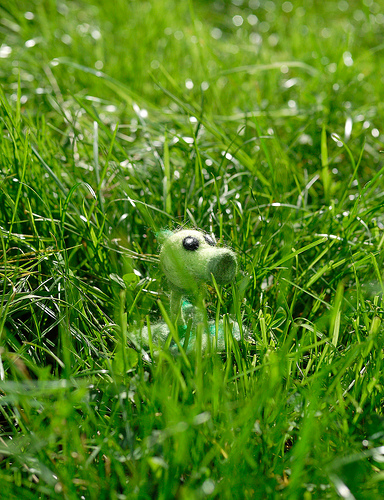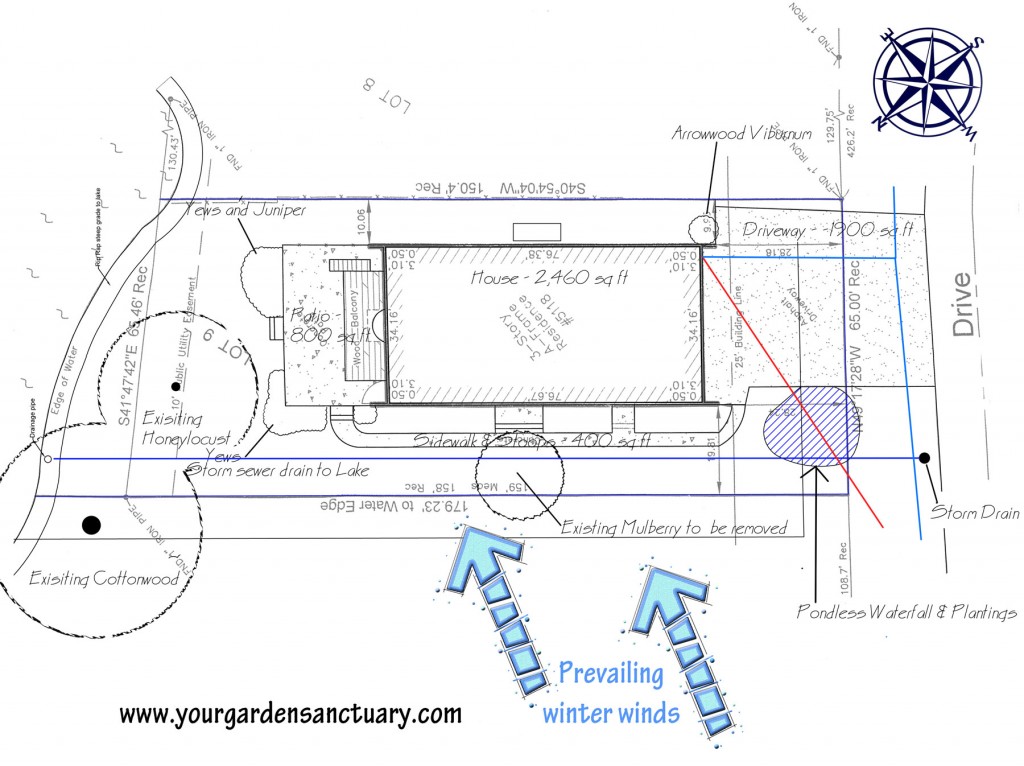I know what you are thinking, how hard can it be to figure out where you have shade in your yard?
Do I really need to read a blog post on this?
- I mean, the sun rises in the East and sets in the West right?
- Trees that cast the shade in my yard don’t get up and move either.
Yep, plants don’t generally move around, except of course for a well armed Pea shooter in Garden Warfare.


And Yes, the sun does rise in the East and set in the West…….two days of the year at least and Tomorrow is one of them!
No matter where you are, the Sun will always rise exactly East and set exactly West on the first full day of Spring and the first full day of Autumn. These are March 21st and September 21st.
The rest of the year that is WRONG.
Where does the Sun rise and set?
What about the rest of the year?
From March 22nd to September 20th, the sun rises North of East and sets North of West.
It peaks furthest North on the 1st day of Summer, June 21st.
From September 22nd to March 20th, the sun rises South of East and sets South of West.
It is at it’s furthest South on the 1st day of Winter, December 21st.
At Noon, the sun will always be directly South in the sky. How high in the sky depends on the day of the Year. It is highest in the sky at Noon on June 21st, while it is lowest in the sky at noon on December 21st.
Unless you are in the Southern Hemisphere, then it is opposite.
Putting the position on the Sun on our Base map
There are lots of good tools for completing a Landscape Site Assessment. One I used was the website suncalc.net I was able to find the position of the sun at my specific location for any time on any day of the year.
I then translated some of this info to our base map.

How to classify how much sun your yard gets
Full sun – 6 plus hours or more
Part sun – 4-5 hours of sun
Part shade – 2-3 hours of sun
Full shade – less than 1 hour of sun
I found the position of the Sun and looking around to the trees and buildings that cast shade onto my site, I was able to add sun and shade amounts to our base map. When doing this at home remember that shade follows the position of the Sun and moves clockwise through your yard.

My yard has a variety of sun exposures that will allow a variety of different plants.
Some things to consider when looking at sun levels
- The more objects, the more shade you have especially in overlapping areas.
- The denser the object creating the shade, the denser the shade. Shade from my 3 story house is completely dense. The shade cast by my neighbors Cottonwood with it’s big leaves, has denser shade than trees with small leaves like the Honeylocust in mine and their yards.
- Evergreens cast shade year around. Be very careful about placing them to the South of your house where the sun spends it’s time in the winter. A sidewalk where the ice never melts as well as high heating bills may come with it.
Winter Winds
Winter wind can be damaging to many plants in my area. In winter in my area, winds are predominately from the west and northwest.
If you don’t know, you can get all weather geeky by using a tool like one the USDA has for determining local patterns of prevailing winds. Click on the link for ‘Wind Rose Plots.’ Next, select your state, then select the .gif file for the location and months you are interested in.

Landscape Site Assessment Drainage Patterns
Last but not least, lets take a quick walk around the yard during a prolonged rainstorm and make a note of where water flows on our property.
This will be a function of impervious surfaces like asphalt, soil types, soil compaction, and grading. There really is no easier way then looking around where water stands and flows during and after rain storms.
So here is what our Base map looks like with blue arrows indicating where water flows on our property:

Completed Base Map
Here is what our completed Base map looks like:

Now that we wrapped up our Landscape Site Assessment, our next step in the design process will be creating a Functional Diagram.
Laura says
Hello,
Thank you for this well explained information. How do we determine the sun light of a site with our existing plants? I really want to understand this I am working with a very patient landscaper. but I want to have an excellent landscape design. I have worked with many landscapers but i am not pleased with their designs. Currently i have reviewed many yards while driving and have noticed the elements that make a design really well done and pleasing to the eye.
Any more direction would be very much appreciated.
Where is your information on line forces? is it available on your site?
Looking Forward to your Response,
Laura
Sherry says
So interesting. I hope I can start here and follow your steps – spring will be here before I know and I want to be ready to start creating my new Japanese small yard garden.
Jean Fast says
Very informative Jim